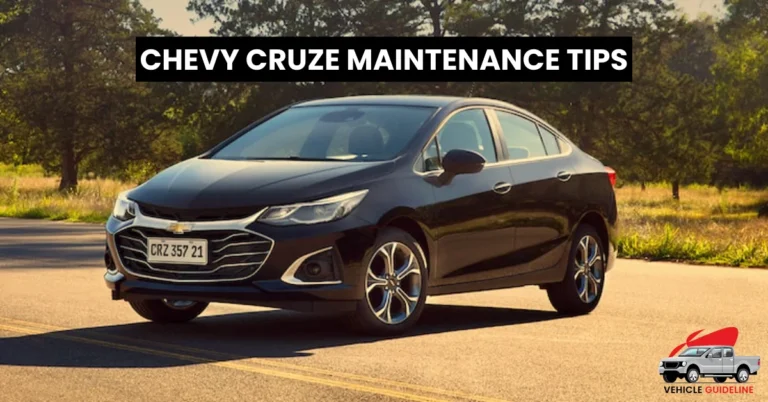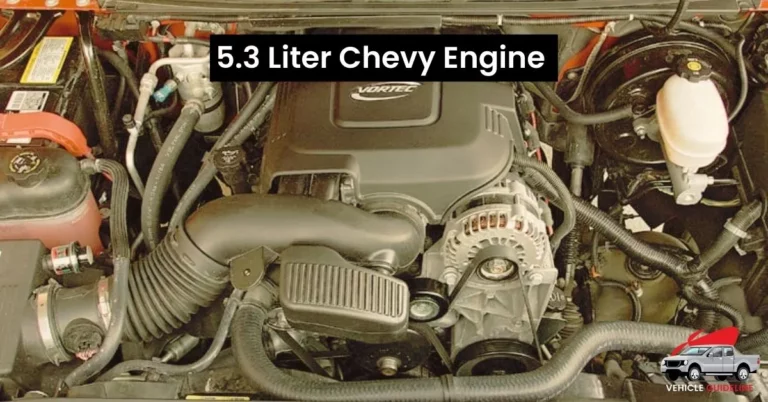Are All Chevy 6 Lug Patterns the Same [+08 Bolt Patterns]
Are All Chevy 6 Lug Patterns the Same? If you’re a Chevy truck enthusiast or in the market for new wheels, this question has likely crossed your mind. The 6-lug pattern, commonly referred to as 6×5.5 or 6×139.7, is frequently employed in various Chevy trucks and SUVs. Yet, the revelation that not all Chevy 6-lug patterns are identical might catch you off guard.
When it comes to bolt patterns, there’s more than meets the eye – from different generations of Chevy vehicles to specific models and years, there are variations that can make a big difference when it comes to fitting aftermarket wheels and tires. Understanding these nuances is crucial for anyone looking to customize their ride or replace stock wheels with aftermarket options. So let’s dive into the world of bolt patterns and explore whether all Chevy 6 lug patterns are truly created equal.
What is a Bolt Pattern?
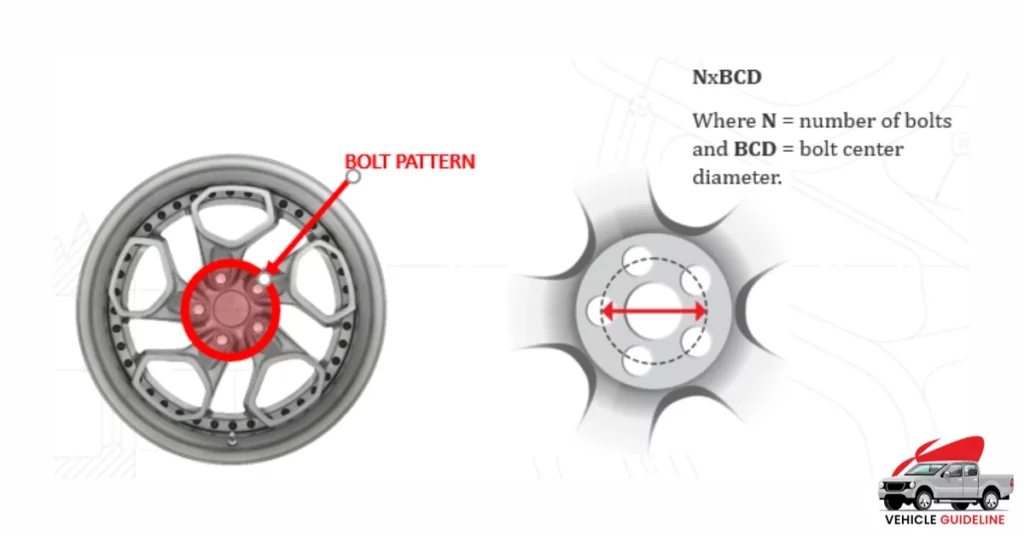
The configuration and number of bolts or lugs on a car’s wheel referred to as the bolt pattern, is an important factor. It is essential to verify that the wheels are suitable for the vehicle’s hub. This pattern is denoted by two numbers: the first indicates the overall count of bolt holes, while the second signifies the diameter in inches of a circle passing through these holes. Familiarity with this pattern is crucial when purchasing or fitting new wheels to guarantee an ideal and secure match. Bolt patterns are linked to vehicle performance and safety, as the precise alignment and distribution of bolts have a significant impact on balance, stability, handling, and control while driving. Moreover, knowledge of bolt patterns allows enthusiasts to explore various wheel customization options by providing access to a wide range of aftermarket wheel choices that can improve both aesthetics and performance.
What is the Chevy 6-Lug Bolt Pattern?
Chevrolet trucks are known for their reliable and durable 6-lug bolt pattern, which provides a strong and stable connection between the wheel and hub. This pattern is highly compatible with aftermarket wheels, allowing truck enthusiasts to customize their vehicles. It has also proven its versatility in off-road activities by providing enhanced traction and stability. The widespread usage of the 6-lug bolt pattern reflects its popularity within the truck community, and it is expected to remain an integral part of Chevrolet Trucks for years to come as the company continues to innovate and upgrade its lineup.
The Chevy 6-Bolt Pattern & Its Benefits
The Chevy 6-bolt pattern has gained popularity among truck enthusiasts for its numerous benefits. One of the key advantages is the increased stability and strength it provides, particularly for heavy-duty applications. With six bolts securing the wheel to the hub, there is a significant reduction in the risk of wheel wobbling or detachment, enhancing overall safety.
This setup allows for a wider range of aftermarket wheel options, giving owners more flexibility to customize their vehicles to their liking. The balanced distribution of force across six bolts also results in improved load-bearing capacity, making it an ideal choice for off-road adventures and towing heavy payloads. Overall, the Chevy 6-bolt pattern offers enhanced safety and customization opportunities while catering to the needs of those seeking durability and performance in their trucks.
Are All Chevy 6 Lug Patterns the Same?
Chevy 6 lug patterns vary across models and years. While most feature a 6×5.5 pattern, newer vehicles might have a 6×135, incompatible with the traditional pattern. It’s crucial for Chevy owners to confirm their vehicle’s lug pattern before buying aftermarket wheels or tires. Failing to do so can lead to misfit parts and safety risks. Consulting manuals, forums, or experts help ensure accurate information. Owners should verify their vehicle’s specifics for compatibility with aftermarket parts, ensuring informed decisions for upgrades. To find all the specific bolt patterns for Chevy trucks according to their models and years, check out a Chevy Truck Bolt Pattern Chart. It’ll provide a detailed breakdown of the various patterns used across different models.
8 Different Types of Bolt Patterns
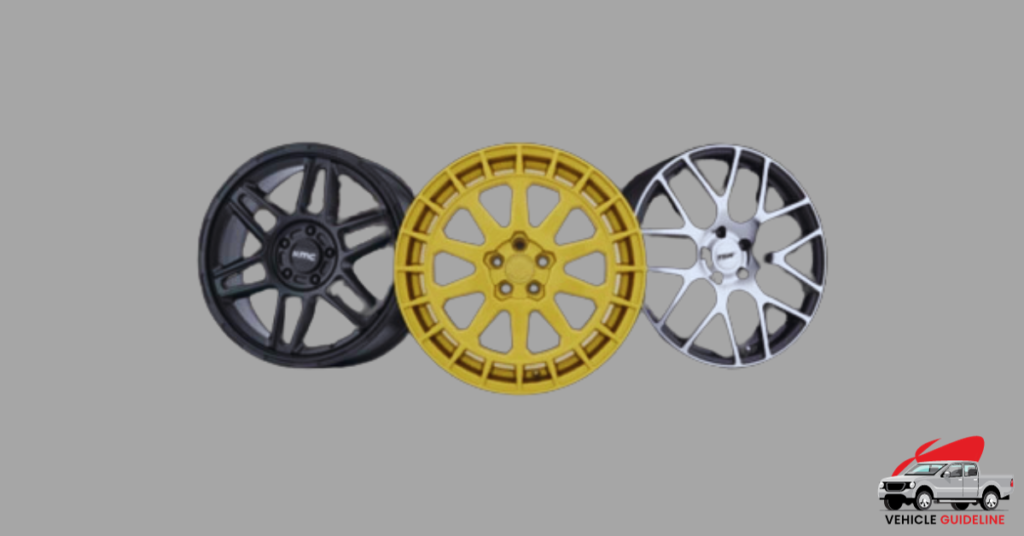
Explore the intricacies and variations of 8 different bolt patterns below:
1. Three-Lug Bolt Pattern
The three-lug bolt pattern, prized for its strength and lightweight design, offers heightened wheel stability and reduced rotating mass, particularly beneficial for performance vehicles. Its potential to enhance handling by decreasing unsprung weight makes it appealing. While its adoption is expected to rise across mainstream and high-performance applications, it’s vital to note the lack of uniformity in Chevy’s six-lug patterns. Variations exist among models and generations, emphasizing the need for owners to verify compatibility before modifications. Understanding these intricacies empowers informed decisions, ensuring vehicle customizations prioritize safety and alignment.
2. Four-Lug Bolt Pattern
The four-lug bolt pattern’s widespread appeal contrasts with the non-uniformity in Chevy’s 6 lug patterns. Varying between 6×5.5 and 6×139.7mm configurations across models and years, understanding these differences is crucial before investing in aftermarket wheels or replacements. Mastery of these nuances empowers informed decisions, ensuring both visual allure and enduring functionality during vehicle maintenance and customization journeys.
3. Five-Lug Bolt Pattern
The five-lug bolt pattern significantly impacts vehicle performance, influencing handling and traction. Staying updated with evolving specifications is crucial for informed decisions regarding upgrades. Often overlooked, this pattern plays a pivotal role in a vehicle’s aesthetics and functionality. Understanding Chevy’s 6 lug patterns revolutionizes wheel choices and performance upgrades, empowering enthusiasts to craft an exceptional driving experience.
4. Six-Lug Bolt Pattern
Chevy’s six-lug bolt pattern, prevalent in trucks and SUVs, carries intricate variations beyond assumptions of uniformity. These differences span beyond bolts, encompassing critical aspects like center bore size, offset, and backspacing. Despite matching bolt counts, interchangeability might be limited due to these disparities. For Chevy truck and SUV owners eyeing modifications or aftermarket wheels, meticulous research into their vehicle’s specific six-lug bolt pattern is essential. Overlooking this crucial step risks improper fitment, potentially jeopardizing safety and performance. Understanding these intricacies within Chevy’s six-lug world is pivotal for a smooth and secure automotive upgrade journey.
5. Seven-Lug Bolt Pattern
Misconceptions surround the world of seven-lug bolt patterns, especially concerning Chevy’s 6-lug variations, often assumed to be uniform. However, discrepancies exist across Chevy models and years, emphasizing the need for precision in wheel upgrades. Verifying your Chevy’s specific lug pattern is crucial, impacting both aesthetics and safety. Incorrect sizes or types could compromise road handling. Before any modifications, ensure accurate information tailored to your Chevy’s seven-lug bolt pattern. Acknowledging non-universal interchangeability among Chevy’s 6 lug patterns is essential for well-informed decisions during tire or wheel replacements.
6. Eight-Lug Bolt Pattern
In the realm of eight-lug bolt patterns, assuming uniformity among Chevy’s six-lug configurations is inaccurate. Varying dimensions and spacing across models and years mean these patterns don’t seamlessly mesh or interchange. Engaging with eight-lug patterns extends beyond compatibility, sparking a deeper inquiry into wheel customization. Different vehicles require specific aftermarket wheels tailored to their unique lug patterns, necessitating meticulous assessment for a proper fit. Some enthusiasts may explore converting their vehicle’s lug pattern for desired custom wheels, demanding a keen eye for compatibility and safety in this pursuit.
7. Ten-Lug Bolt Pattern
Ten-lug bolt patterns, dominant in heavy-duty trucks and commercial vehicles, showcase unparalleled strength and load-bearing capabilities, offering a versatile platform for customization. However, the surprise lies in Chevy’s 6 lug patterns, often assumed to be uniform. Despite commonly featuring a 6-lug bolt pattern, Chevy exhibits diverse variations across its lineup over time. Each iteration, from half-ton trucks to heavy-duty models, might present subtle differences in measurements and specs. For Chevy owners eyeing aftermarket wheels or replacements, precise vehicle information is crucial to ensure a perfect fit.
8. Twelve-Lug Bolt Pattern
The twelve-lug bolt pattern often triggers curiosity among automotive enthusiasts, sparking questions about the uniformity of Chevy’s 6-lug patterns. Contrary to assumptions, while most Chevys sport a 6-lug bolt pattern, differences in size and spacing exist across models and years. This variance emphasizes the need for meticulous compatibility checks when choosing aftermarket wheels or swapping them out. Mastering these nuances isn’t just about fitment; it’s a gateway to achieving optimal performance and appearance for your Chevy. Whether you’re eyeing aesthetic enhancements or seeking off-road upgrades, understanding your vehicle’s specific bolt pattern intricacies is key.
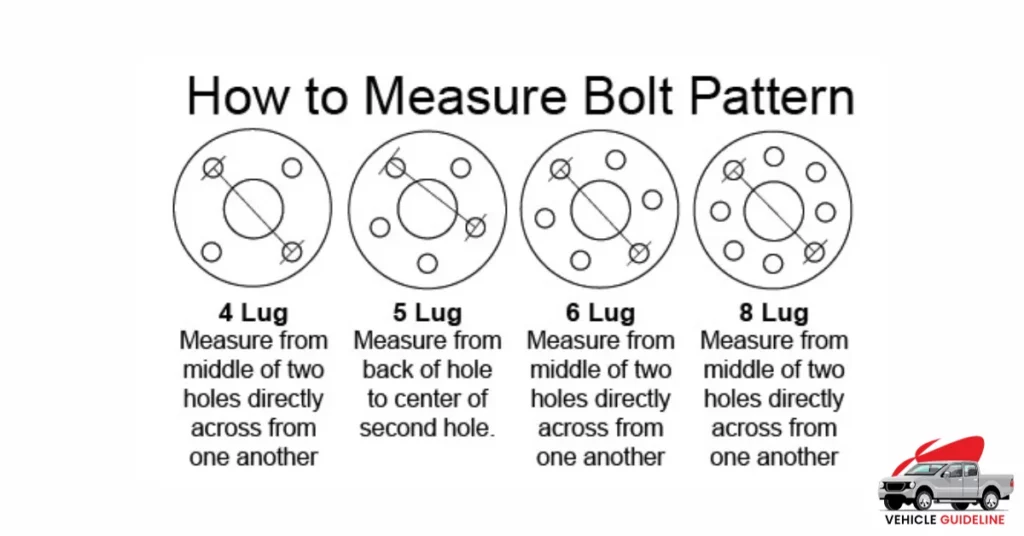
The function of a 6 Lug Bolt Pattern
The 6-lug bolt pattern, commonly linked to Chevy trucks and SUVs, forms the basis for wheel attachment and alignment. Contrary to widespread belief, not all Chevy 6 lug patterns align uniformly across models and years. This emphasizes the necessity to verify compatibility when swapping or upgrading wheels. Beyond its physical connection, the 6 lug pattern significantly influences weight distribution and torque, exerting a substantial impact on a vehicle’s overall performance and safety. Manufacturers have tailored custom 6-lug patterns, leveraging design and material advancements to suit diverse driving conditions and objectives.
Recognizing these nuances is pivotal for selecting wheels that not only fit but also elevate a vehicle’s capabilities. Before making alterations to wheels or tires on a Chevy truck or SUV, thorough research into the potential variances among Chevy’s 6 lug patterns is imperative. This exploration should integrate considerations for performance needs and the array of modifications offered by aftermarket options.
How Do You Measure the Chevy 6-Lug Bolt Pattern?
When it comes to measuring the Chevy 6-lug bolt pattern, determining the Chevy 6-lug bolt pattern involves considering several important factors. While it may be assumed that all Chevy 6 lug patterns are uniform, this is not always the case. The pattern is defined by the number of lugs and the diameter of the circle created by their centers. To accurately measure a Chevy 6-lug bolt pattern, start by establishing the distance between adjacent lugs from center to center. Then, use a tape measure or ruler to determine the diameter of an imaginary circle passing through these lug centers. By comparing these measurements with standard Chevy 6-lug bolt patterns, you can ensure compatibility when selecting new wheels or hubs for your vehicle. Understanding how to measure the Chevy 6-lug bolt pattern is essential for ensuring a proper fit and avoiding potential issues with wheel installation. By obtaining precise measurements and verifying whether all Chevy 6 lug patterns are identical, you can make informed decisions about upgrading your vehicle’s wheels and maintaining optimal performance on the road.
Can You Measure The Chevy 6-Lug Pattern Similarly To Other Patterns?
When tackling the Chevy 6-lug pattern, it’s vital to recognize its unique nuances. While they might seem alike, subtle variations between patterns can make a world of difference. Some Chevy 6-lug setups stand apart, requiring distinct measurement methods due to spacing and alignment disparities. Precision in measuring your specific Chevy model’s lug pattern is paramount; assuming compatibility based on appearances alone can lead to safety risks and performance issues. Even minor measurement errors matter significantly, potentially causing compatibility hiccups. Investing time in accurate measurement and comprehending the distinct traits of the Chevy 6-lug pattern ensures a snug fit and optimal functionality. Rather than assuming uniformity, embracing the individuality of each pattern empowers enthusiasts and owners to navigate customization or part replacements for their Chevy vehicles with confidence.
Do Chevy and GMC have the same Lug Pattern?
Chevy and GMC trucks are often seen as interchangeable, but their 6-lug wheel patterns differ. Chevy’s 6-lug designs aren’t uniform across models, making swapping wheels between them tricky. In contrast, GMC maintains more consistency in its 6-lug patterns. These variations stem from brand-specific engineering choices despite their shared parent company, General Motors. So, assuming Chevy’s 6 lug patterns match GMC’s isn’t accurate. Truck owners and enthusiasts should carefully note model specifics for wheel interchangeability between these iconic brands.
What Does 6×139.7 Mean on a Wheel?
The numbers 6 x 139.7 on car wheels are more than just digits; they’re a code crucial for wheel compatibility. ‘6’ signifies the count of lugs, while ‘139.7’ is the distance between them in millimeters. However, assuming all Chevy 6 lug patterns match is a mistake; they vary among models. Checking your car’s specific pattern before buying new wheels prevents costly misfits. Understanding this code isn’t just about numbers; it’s about guaranteeing safety and performance through precise engineering, offering enthusiasts customization insights for their vehicles.
Conclusion
Understanding the nuances of Chevy’s 6 lug patterns is key to a seamless wheel upgrade. Not all models share identical bolt patterns, and these variations significantly impact compatibility with different wheels. Thoroughly researching and measuring your Chevy’s specific bolt pattern before purchasing new wheels or attempting modifications is crucial to ensuring a proper fit and safety on the road. By taking these steps, you can sidestep potential issues and confidently enhance your vehicle’s wheels. It’s all about informed decisions and meticulous verification of your Chevy’s bolt pattern for a smooth and satisfying upgrade.
FAQs
Are Toyota and Chevy 6 lug the same?
The 6 lug patterns of Toyota and Chevy differ significantly. While both have 6 lugs, Chevy commonly uses a 6×5.5 pattern for trucks and SUVs, while Toyota leans toward 6×139.7. Despite the matching lug count, the spacing varies, making wheels between the two non-interchangeable. Neglecting this could lead to unfitting wheels and safety risks. Hence, thorough research on compatibility is crucial before swapping wheels between Toyota and Chevy models with 6-lug patterns.
Are Chevy and Dodge 6 lug patterns the same?
The 6 lug patterns of Chevy and Dodge trucks differ significantly, contrary to common belief. Chevy typically uses a 6×5.5 pattern (6 lugs spaced 5.5 inches apart), while Dodge opts for a 6×135 pattern, with lugs arranged differently to suit their wheel designs. Understanding these distinctions is vital for truck owners considering wheel upgrades or replacements. Overlooking these differences may result in compatibility problems and safety risks on the road. Seeking advice from experts or referring to manufacturer specifications before modifying the wheel configuration is highly recommended for consumers.
What is the Toyota 6 lug bolt pattern?
The Toyota 6 lug bolt pattern involves six equally spaced bolts securing the wheel, typically noted as 6xX, with X representing the bolt circle’s diameter in inches. In contrast, Chevy’s 6 lug patterns aren’t universally identical, even among trucks and SUVs. Compatibility isn’t guaranteed; factors like offset and center bore size matter. Precision in understanding these specifics is crucial when upgrading wheels for Toyota or Chevy vehicles with a 6-lug bolt pattern, ensuring safe and perfectly fitting customization on the road.
Are all Chevy lug nuts the same?
Chevy’s array of lug nuts is tailored to fit specific wheel types and models. Despite a shared 6-lug pattern among many Chevy vehicles, not all lug nuts are universal. Varying in size, thread pitch, and shape based on model and year, choosing the right type is critical for a secure fit and safe driving. For aftermarket wheels, different lug nuts might be necessary, requiring professional guidance or manual reference before purchase. Incorrect or ill-fitting lug nuts risk wheel instability, impacting road safety and performance. Understanding Chevy’s lug nut nuances and their model-specific compatibility is key for all vehicle owners seeking peace of mind while on the road.

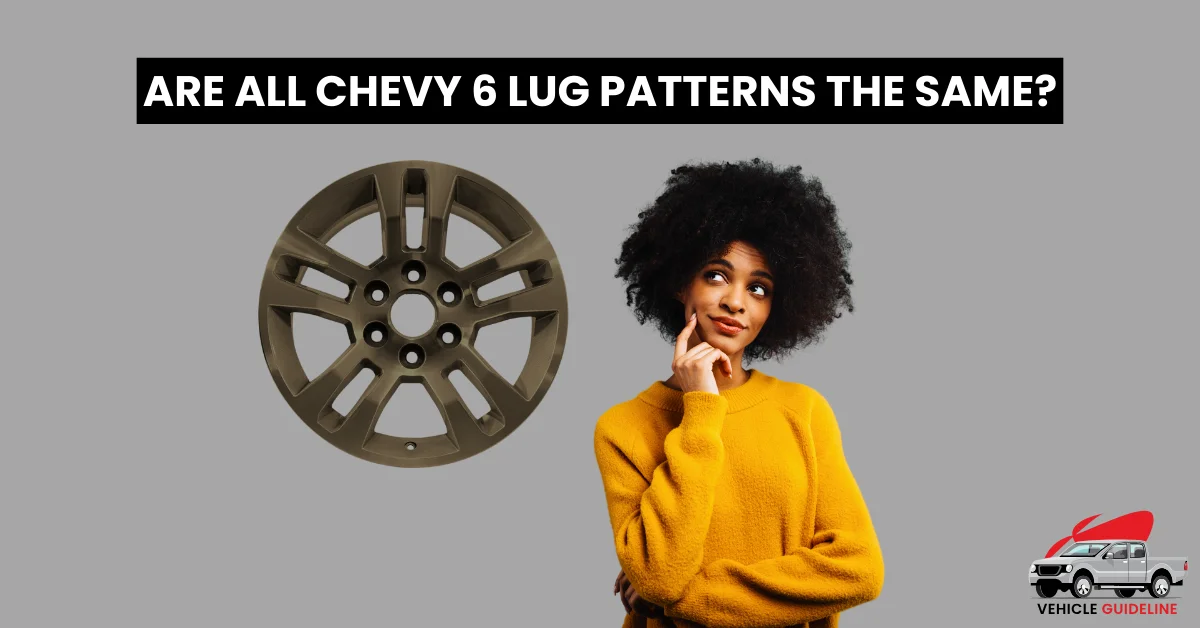
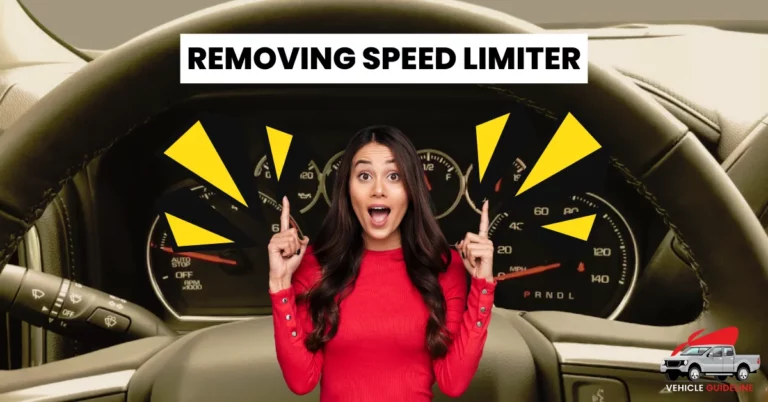
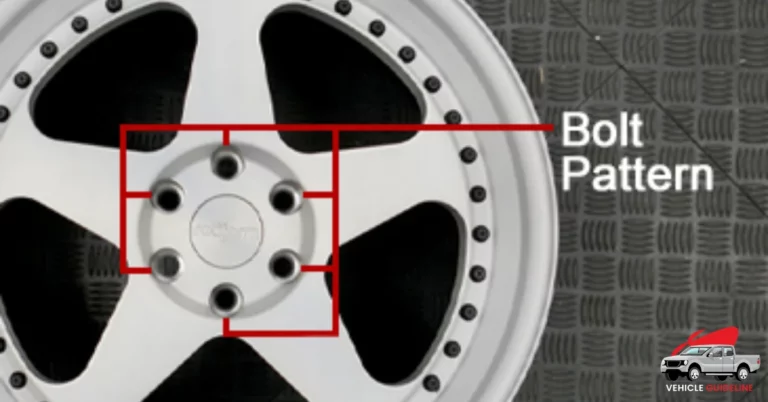
![Chevy 5.3 Firing Order [Meaning, Importance, Diagram, and Torque Specification]](https://vehicleguideline.com/wp-content/uploads/2023/08/Model-Years-to-Choose-26-768x402.webp)
![What Does RST Stand for Chevy [Features, Advantages and Disadvantages of RST]](https://vehicleguideline.com/wp-content/uploads/2023/08/Model-Years-to-Choose-37-768x402.webp)
